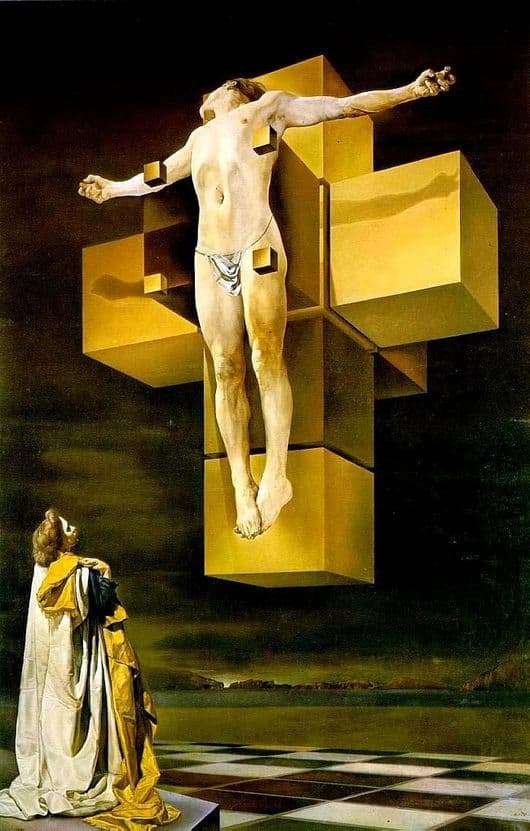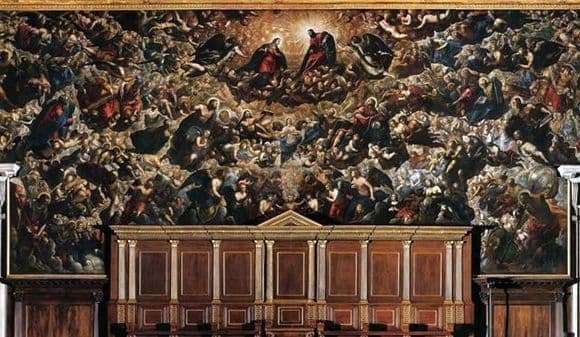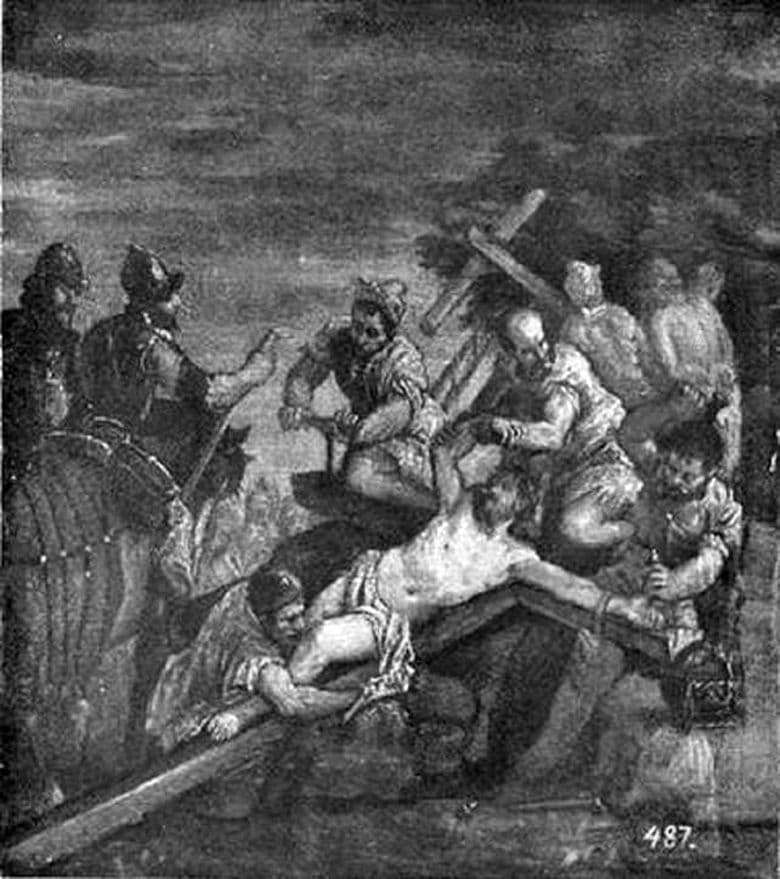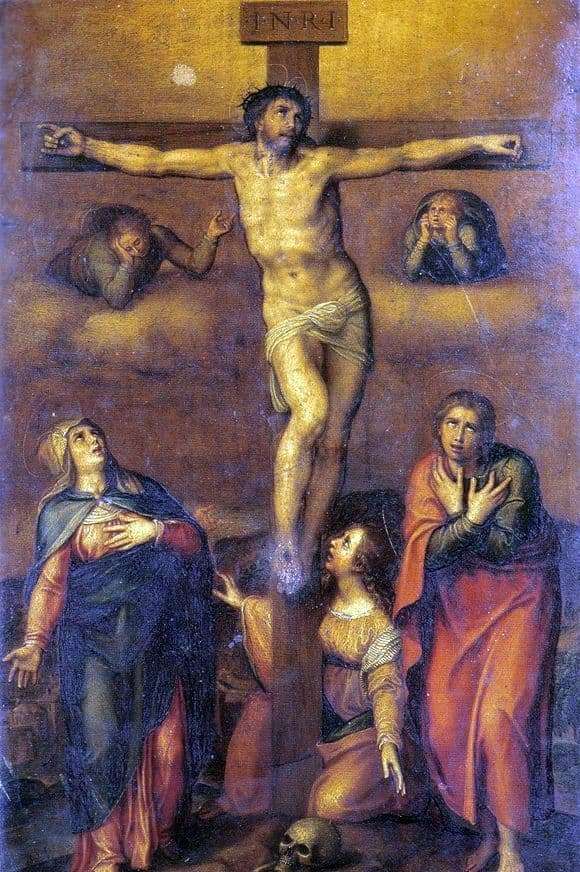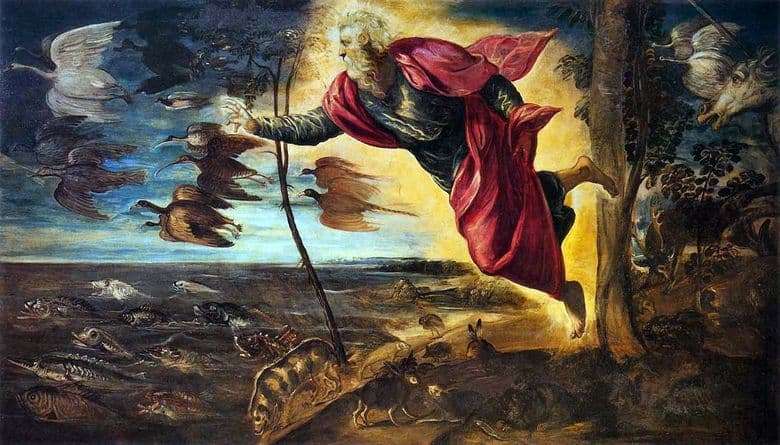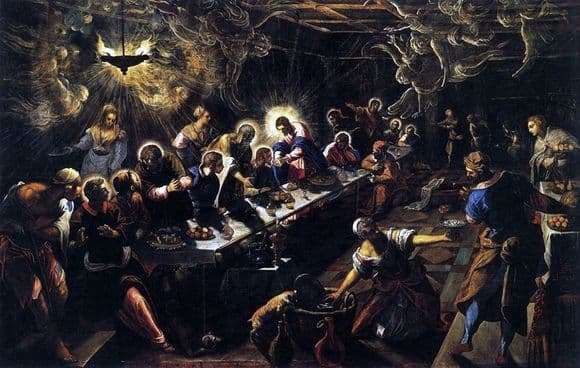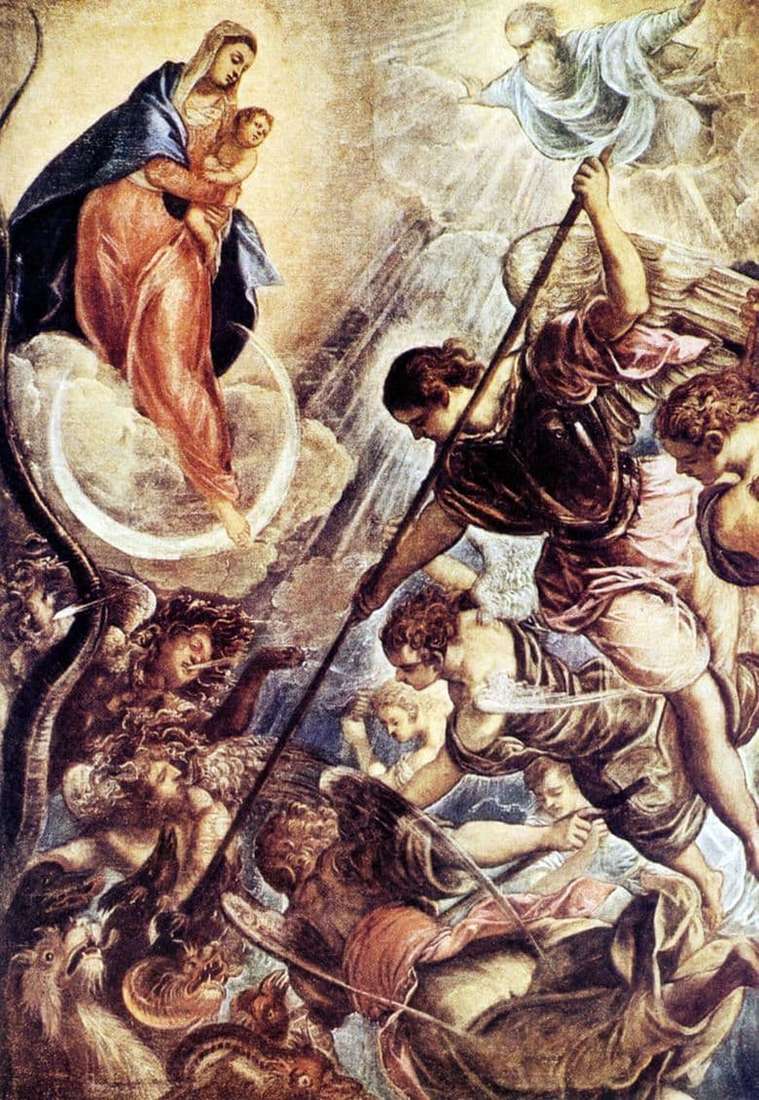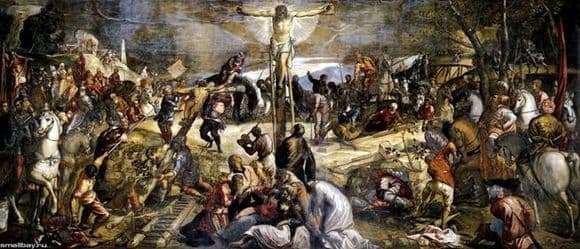
Jacopo Tintoretto wrote the picture “The Crucifixion” in the classic biblical story. The style of writing is characteristic of the mature period of the artist’s creative journey.
The work displays a variety of images on which the painter worked for several years. In the center of the composition is the scene of the crucifix with the robbers.
Jesus’ disciples crouched at his cross, and crowds of people got off in a few people and scaredly watched the procession. The picture shows several storylines, it is terrifying that the attitude to the death of a person is insignificant, there is a depreciation of life, a decline in the significance of people in the world. Light comes from Jesus, and the sky is covered with black clouds, but lonely rays of hope are seen in the distance.
The plot can be divided into several parts. One group of people clung to the prophet’s crucifixion, they hopelessly touch the cross, someone calms the suffering mother, and Jesus towers high above them like a mentor. His hands seem to embrace the whole world, and the light emitted gives good, despite the tragedy of the situation.
At the right hand of Jesus, another murder occurs. Several people put a cross upright, a terrifying impression of everyday work, lack of compassion. And in the corner of the picture, several people are scared to watch the action. Their faces are distorted by fear and horror, hopelessness emanates from them.
On the left hand of Jesus they crucify a man, the rider mercilessly beats up a resisting sentenced person. Someone is in charge of the process, and someone is indifferently watching. The picture shows cruelty, horror and death.
A few suffering people in comparison with the crowd of robbers look few and do not inspire hope for justice. The artist depicted the character of each character on the canvas. The picture was hung in such a way that, depending on the angle of the sun’s rays, one could contemplate one or another plot of the plot.
Description of the painting by Jacopo Tintoretto “Crucifixion”
